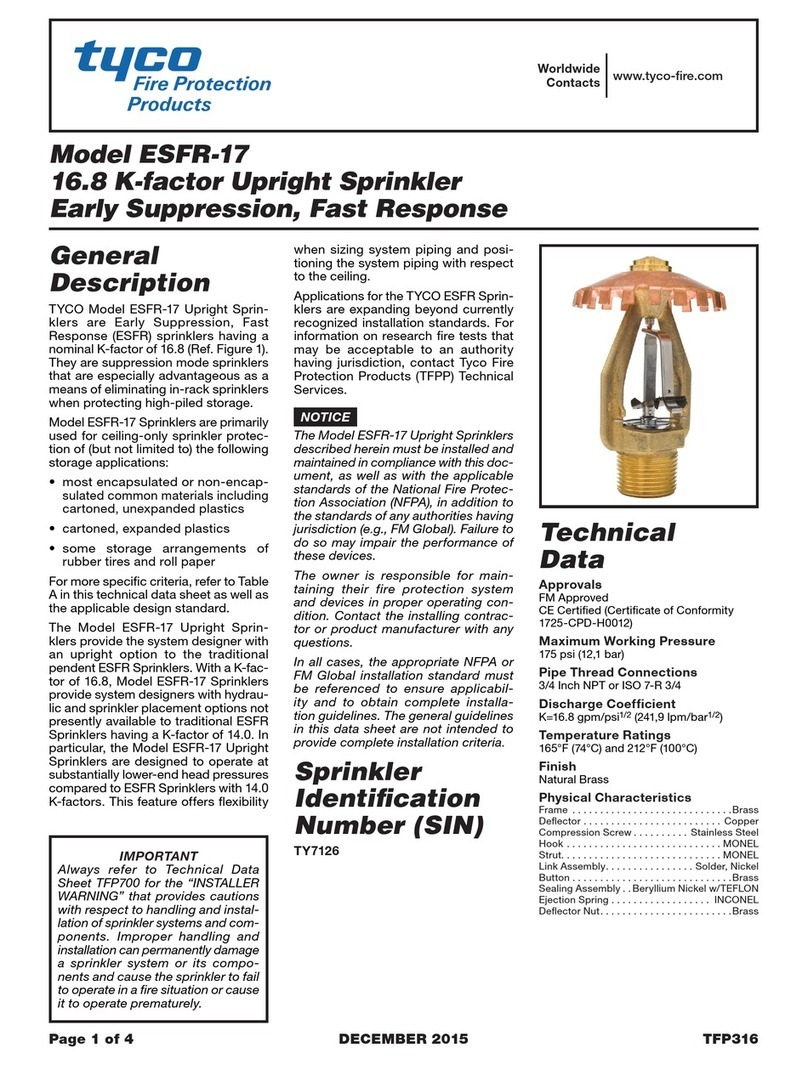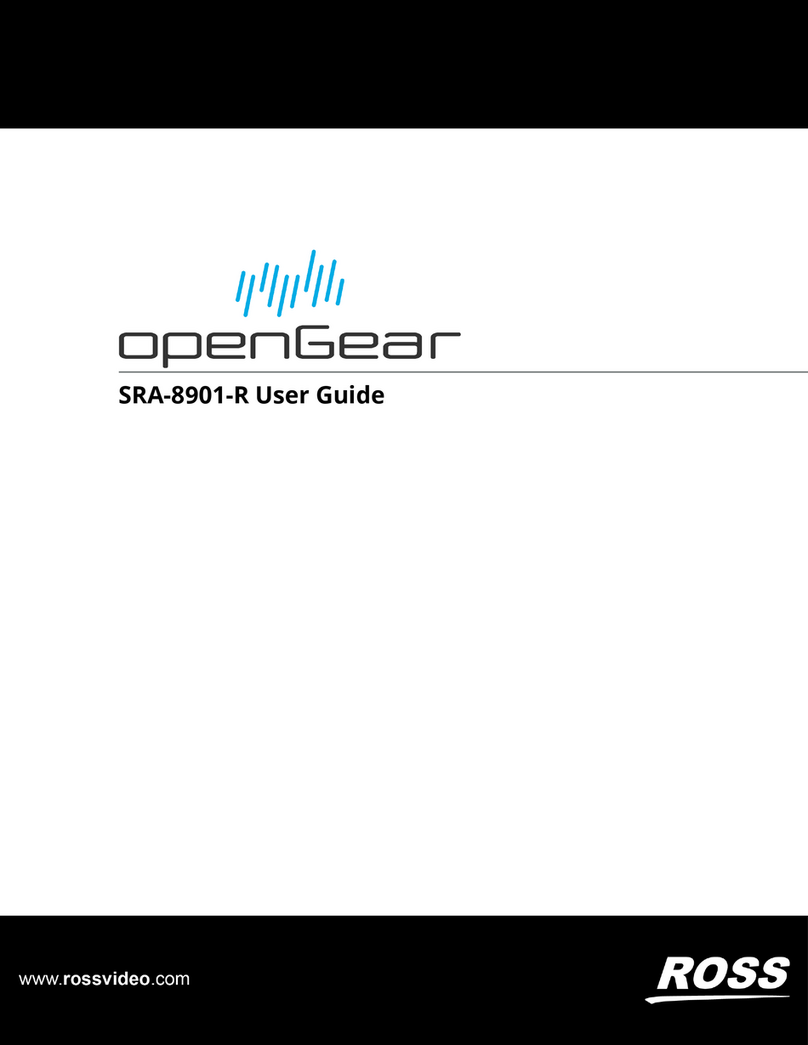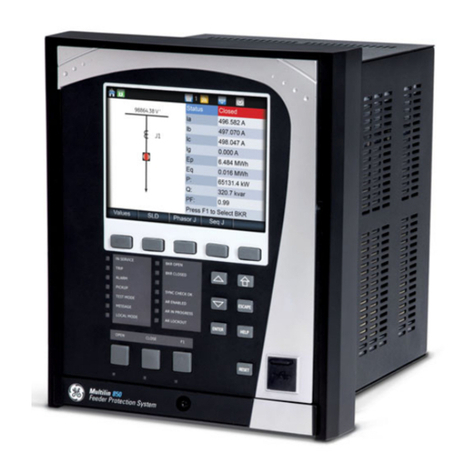
Betrieb
6
Prüfung vor dem Tauchen
Vor jedem Tauchgang muss die Dräger Life Preserver Ret-
tungsweste auf ordnungsgemäßen Zustand und die Betriebs-
bedingungen überprüft werden. Der Taucher muß sich mit
allen Teilen und Funktionen der Dräger Life Preserver Ret-
tungsweste vertraut machen, um eine sachgemäße Handha-
bung sicherzustellen.
●Sichtprüfung der Tarierblase und Nähte auf Abnutzung
oder Beschädigung durchführen. Gurte und Gurtteile auf
Beschädigung, lose Stiche und fehlende oder beschädigte
Kunststoffteile überprüfen.
●Sichtprüfung an Flasche/Ventil, Überdruckventil und Mund-
aufblassystem auf Beschädigungen oder lose Verschlüsse
überprüfen. Sicherstellen, dass Luftflaschen gefüllt sind.
Der maximale Betriebsdruck beträgt 200 bar.
●Vor dem Anschluss der Flaschen sicherstellen, dass
O-Ringe vorhanden sind. Luftflaschen in dafür vorgese-
hene Taschen einsetzen und mit Klettverschluss schließen;
Handräder der Adapter auf Flaschenventil aufschrauben
und befestigen.
●Wenn die Weste mit CO2Inflatoren ausgestattet ist, Zug-
hebel in aufrechte, geschlossene Position bringen. Sicher-
stellen, dass die CO2Patronen unbeschädigt und
sachgemäß gefüllt sind; Gewinde der Patronen leicht ein-
fetten und gefüllte CO2Patronen fest in die Inflatoren ein-
setzen. Tasche schließen und mit Klettverschlüssen auf der
Westenoberseite sichern.
●Dräger Life Preserver Rettungsweste über Mundaufblassy-
stem voll aufblasen. Auf Leckagen überprüfen. Funktion
des Überdruckventils durch Zusammenpressen der
Dräger Life Preserver Rettungsweste überprüfen.
●Dräger Life Preserver Rettungsweste durch Drücken des
Ventils am Mundaufblassystem entleeren. Herausstehende
Teile der Tarierblase in die Außenhülle falten. Dazu Teile
der Tarierblase in die Außenhülle schieben, bis sich die
Kunststoffdruckknöpfe schließen lassen.
WARNUNG
Gefahr des Ertrinkens. Nachdem die Prüfung vor dem Tauch-
gang abgeschlossen ist, Dräger Life Preserver Rettungswe-
ste dort plazieren, wo sie nicht durch andere Ausrüstungsge-
genstände beschädigt werden kann. Weste nie als Puffer
oder Kissen für andere Geräte verwenden. Beschädigung
der Dräger Life Preserver Rettungsweste möglich.
Anlegen
Die Dräger Life Preserver Rettungsweste wird in nicht aufge-
blasenem Zustand wie eine Weste getragen. Die Weste wird
durch Hüft- und Beingurte in der Gebrauchsposition gehalten.
●Schnellauslösung auf der rechten Seite des Hüftgurtes und
die Schnalle an der Vorderseite der Weste öffnen. Weste
anlegen, dazu den Kopf zwischen die beiden Seitenkam-
mern stecken. Die "Flügel" der Tarierblase zeigen zur Vor-
derseite des Körpers. Schnalle schließen und Hüftgurt so
einstellen, dass er bequem aber fest anliegt.
●Die Beingurte über den Rücken führen und durch die
Beine nach vorne und nach oben ziehen. Jeden Beingurt
mit den Schnellverschlüssen am Hüftgurt befestigen; Gurte
so einstellen, dass sie bequem aber fest anliegen.
Der Mundstückinflator (nur amagnetische Life Preserver Ver-
sion) ist mit einem Power Inflation System ausgestattet, Mittel-
druckschlauch an einen Mitteldruckausgang (3/8 - 24 UNF)
des Druckminderers anschließen. Mitteldruckschlauch über
die Schnellauslösung an den Mitteldruck-anschluß des Mund-
stückinflators anschließen.
●Nach dem Anlegen der Dräger Life Preserver Rettungs-
weste den Gewichtsgürtel anlegen, so dass der Gewichts-
gürtel mit der rechten Hand gelöst werden kann und nicht
von den Gurten behindert wird.
Prüfung durch den Tauchpartner
Vor dem Tauchgang muss der Tauchpartner sicherstellen
dass:
— Die Dräger Life Preserver Rettungsweste vorschriftsmäßig
angelegt und eingestellt wurde und das Atmen aus einem
vor der Brust getragenen Regenerationstauchgerät nicht
behindert wird.
— Die Tarierblase nicht gefüllt ist und alle Klemmverschlüsse,
Flaschenanschlüsse und CO2Patronen gesichert sind.
— Die Tarierblase vollständig entleert ist.
— Die Auslösevorrichtung für den Gewichtsgürtel erreichbar
ist und zu nicht durch die übrigen Gurte blockiert wird.
— Der Mitteldruckschlauch an den Mundstückinflator ange-
schlossen ist und bei Verwendung mit einem offenen
Tauchgerät (SCUBA) die Weste mit Gas versorgt.
VORSICHT
Verletzungsgefahr. Gurte so einstellen, dass die Atmung aus
dem Tauchgerät nicht behindert wird. Gurte müssen dicht
anliegen, damit die bestmögliche Schwimmlage sicherge-
stellt wird.
Bei Verwendung mit Regenerationstauchgeräten der Geräte-
familie LAR muß der vordere Gurt vollständig durch den
Schnellauslöseverschluß gezogen und geöffnet werden,
damit das Regenerationstauchgerät um den Hals gehängt
werden kann. Die vordere Schnalle der
Dräger Life Preserver Rettungsweste wird dann über dem
Regenerationstauchgerät geschlossen.





































